Around the World Staycation Series – Copenhagen
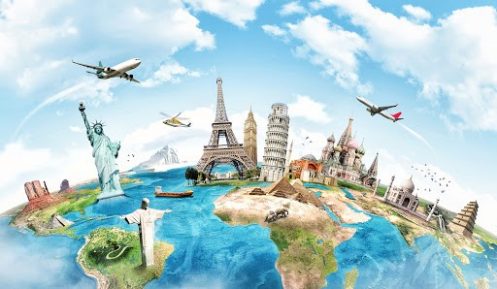
Copenhagen of today is one of the most dynamic cities in Europe, the capital of Denmark, and the second largest city in Scandinavia. With 1.1 million inhabitants in the Greater Copenhagen area (and more than 1,8 million when other close municipalities are counted), the city definitely holds the position as the “Glittering Capital” of this part of the world.
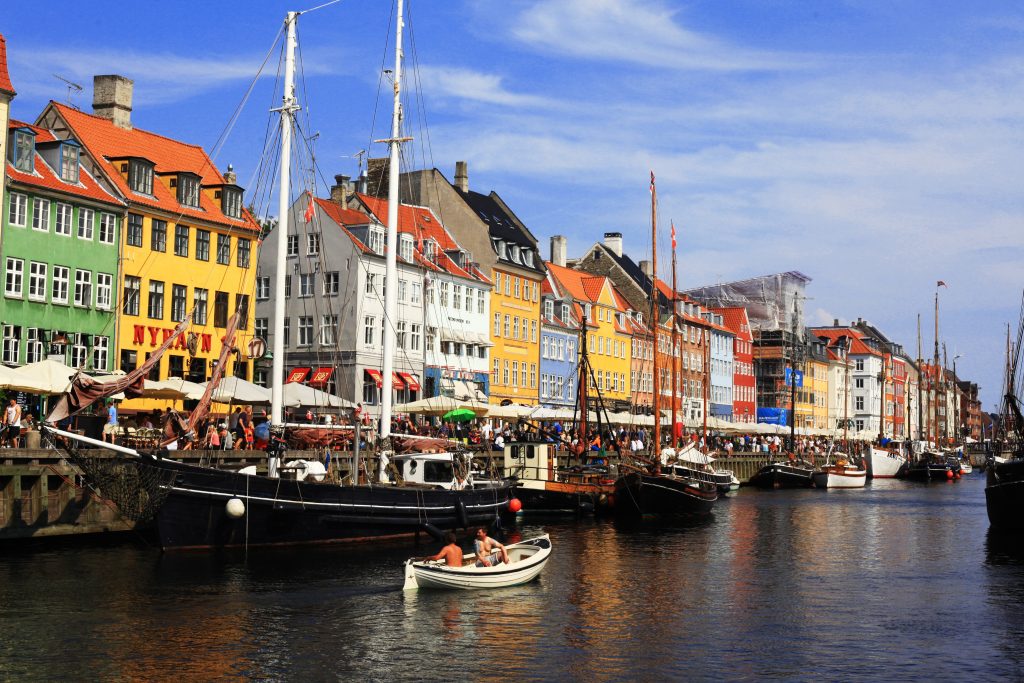
History
Home to one of the oldest monarchies in the world with a history tracing back to the Viking Age. History is everywhere in Copenhagen where cobblestone streets, palaces and royal artifacts make for a beautiful backdrop to the modern life lived by the Copenhageners of today.
Copenhagen, in those days called “Havn”, meaning the harbor, was of little strategic or political importance. Most of the people in “Havn” earned their living off the plentiful herring, and in the next two centuries fishing and trading turned the small fishing village into a flourishing town. And in 1343, King Valdemar Atterdag made Copenhagen the capital of Denmark – today the seat of the government and the hometown of the Danish royal family.
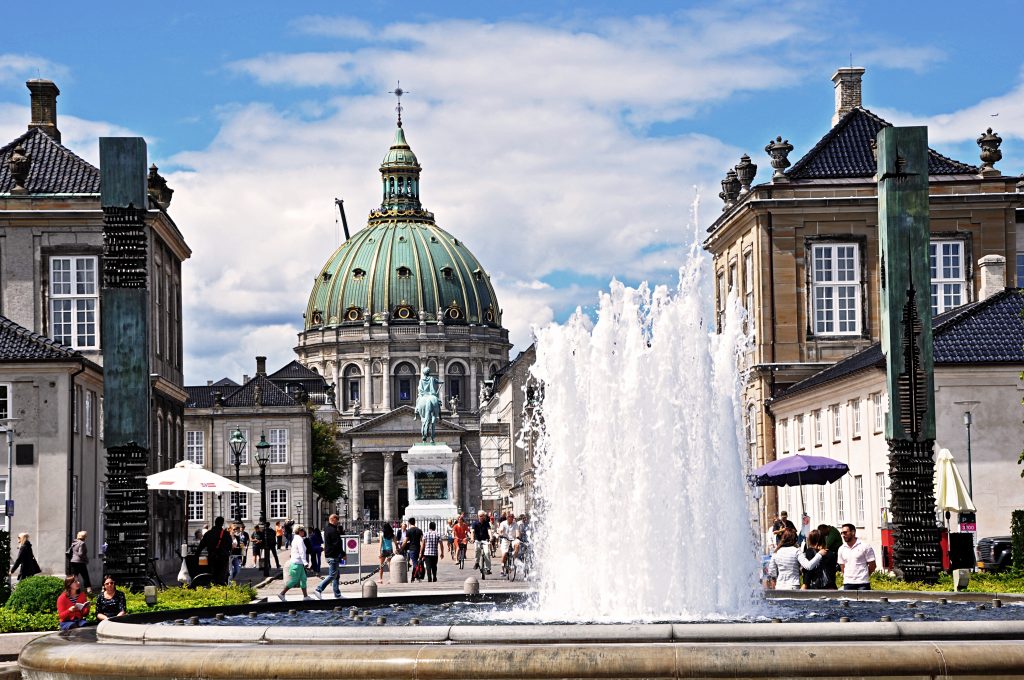
The reigning monarch Queen Margrethe II can trace her ancestry back to the Viking Age and that makes Denmark the world’s oldest kingdom. There are evidence that Copenhagen existed as a settlement more than 6,000 years ago, but its first written record dates 1043 AC. In 1445 Copenhagen was became the residence of the royal family. In the civil and religious conflicts of the Protestant Reformation, the town was often under siege. During the late 16th century Copenhagen’s trade began to flourish, and the city itself expanded.
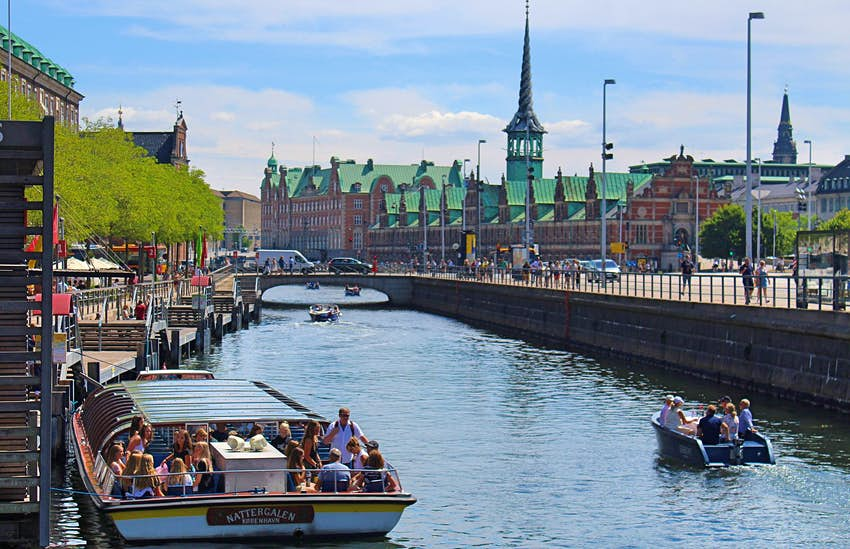
On April 9, 1940 Hitler’s troops invaded Denmark and Copenhagen. The occupation lasted till the end of the war. Germany moved 200,000 troops into Denmark, as the country was considered as a useful source of agricultural products. The Royal family with King Kristian X, Crown Prince Frederik and his wife crown Princess Ingrid refused to leave Copenhagen. Despite the best efforts of the Danish resistance and the secret evacuation of nearly 7,000 of the country’s Jews to Sweden, Denmark resigned itself and was ruled by Berlin. Denmark was liberated by British troops under the command of Field Marshall Montgomery on May 4, 1945. As of today, if you visit Denmark on this date you’ll see candle lights in many windows to commemorate this very day.

Culture
Simplicity, politeness, and equality are 3 main facets of the holistic culture. A simple life is the essence of the culture of Denmark. Not much weight is given to possessions or high income, and bragging is considered rude. Another major aspect of Denmark culture is ” hygge,” which is the concept of feeling snug and cozy during moments such as holidays when friends relax and eat together.
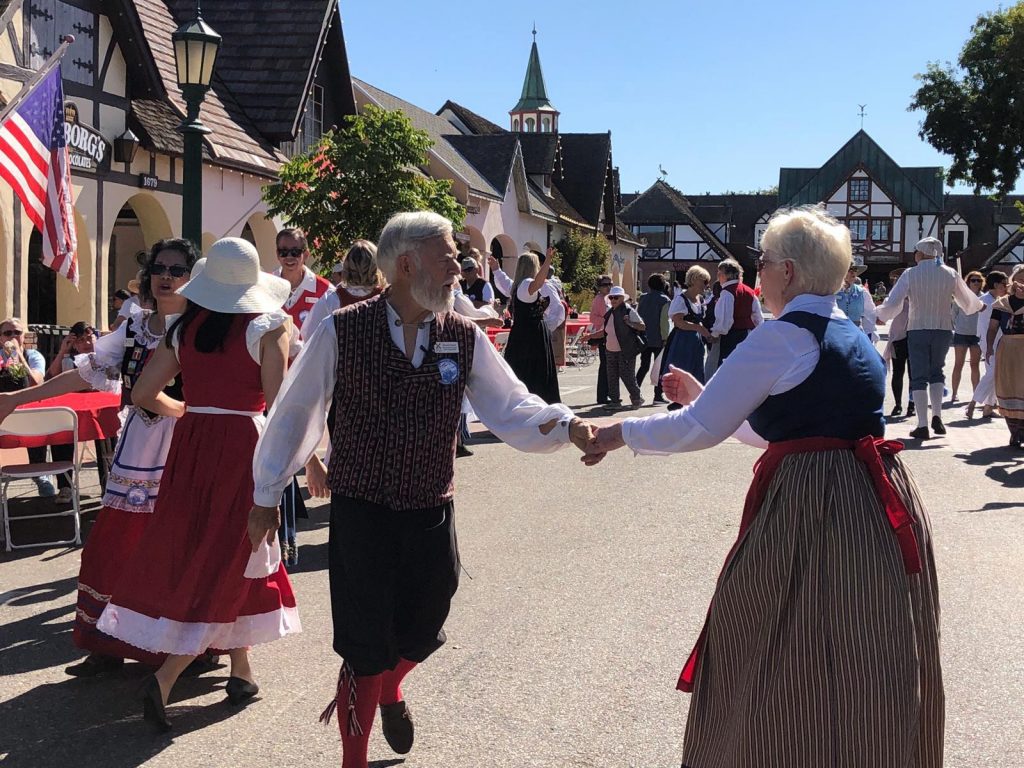
Gender equality and equity is important to the Danes. Women and men are equal in Denmark and receive equal pay and promotions. Women are well-represented in Denmark’s government. About 40 % of the representatives in Denmark’s parliament, the Folketing, are female, and so are many of the country’s ministers. Denmark’s first female prime minister, Helle Thorning-Schmidt, took office in 2011. Paid maternity leave is available for about 10 months. The culture in Denmark has made for a happy and peaceful people willing to pay the world’s highest taxes in return for solid coverage of health care, unemployment, and many other social services provided by the Danish government.
Denmark is ahead of most countries in regards to rights for all humans, including the LGBTQ community. Denmark was the first country in the world to legally recognize same-sex partnerships and the first successful gender reassignment surgery took place in Copenhagen in 1951. As a country, they have made considerable efforts to provide a safe environment for everyone, passing important legislation in 2016 to destigmatize transgender people.
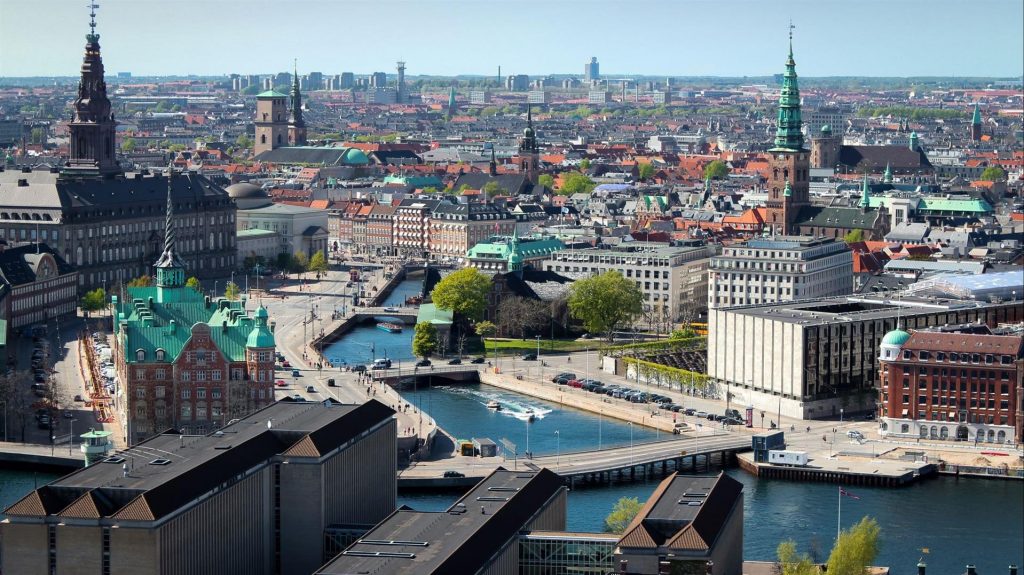
A very special branch of folk music comes from the Danes. While there is no particular Danish instrument, the country’s folk music comes with a distinguished sound that is pleasing to the ear. Folklore and Folk Costume are also large parts of Danish culture that has been passed down through generations.
The heart of the city is the Rådhuspladsen (“Town Hall Square”). From the square, an old crooked shopping street leads northeast to the former centre of the city, Kongens Nytorv (“King’s New Square”), laid out in the 17th century. Copenhagen is also home to Tivoli Gardens, an amusement park that was the inspiration for Disneyland! And, of course, a trip to Copenhagen is not complete without visiting the Little Mermaid statue, based on the story by Hans Christian Andersen.
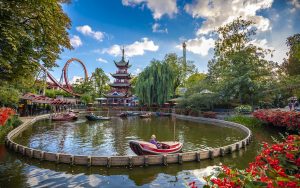

Cuisine
Being that Copenhagen began as a fishing village, it would make sense that herring would be a staple! Pickled herring is usually served with capers, raw onion, and a generous sprig of dill which you pile on top of rye bread and eat as an open sandwich.
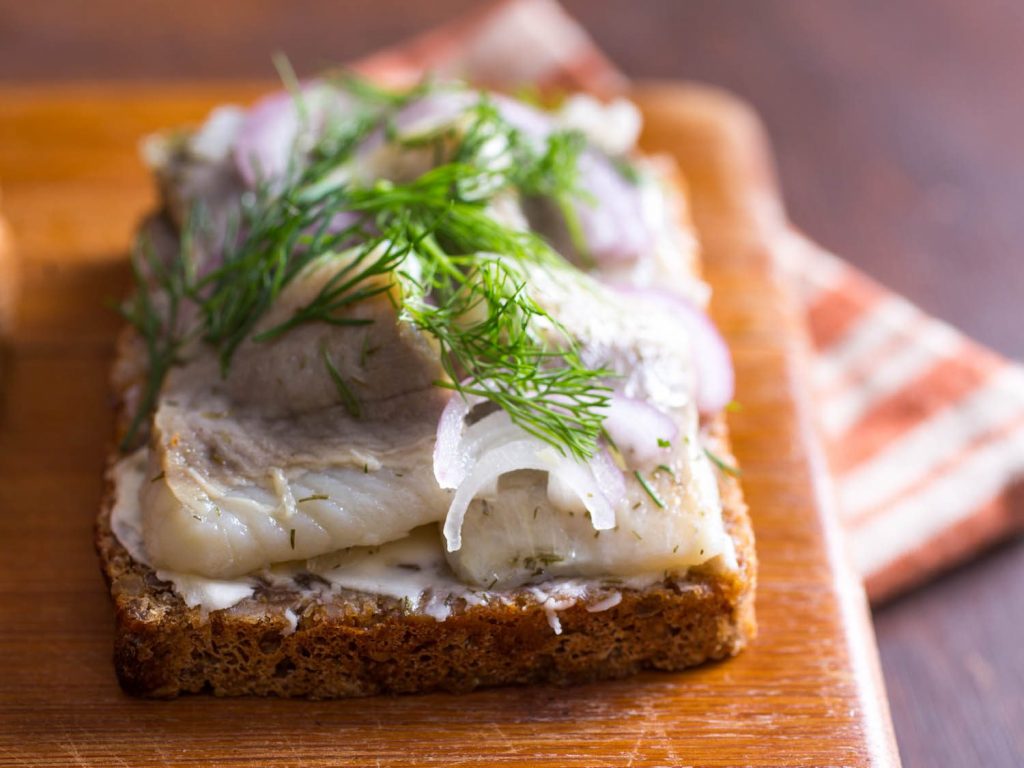
Flæskesteg- roast pork baked with spices, bay leaves, and cloves, and it is usually served with boiled and/or caramelized potatoes. It’s certainly one of the locals’ favorite dishes.
Frikadeller– The Danish meatballs known as frikadeller is one of the most popular traditional dishes. they’re usually fried with butter. Eat them with boiled potatoes or on top of a smørrebrød.
Rød pølse– (red sausage) and is usually served inside a fresh bun with ketchup and mustard on top.
If you would like to learn more about this incredible city, its history and cuisine, check out these sites:
https://www.visitcopenhagen.com/
https://www.britannica.com/place/Copenhagen
https://www.travelandleisure.com/travel-guide/copenhagen

